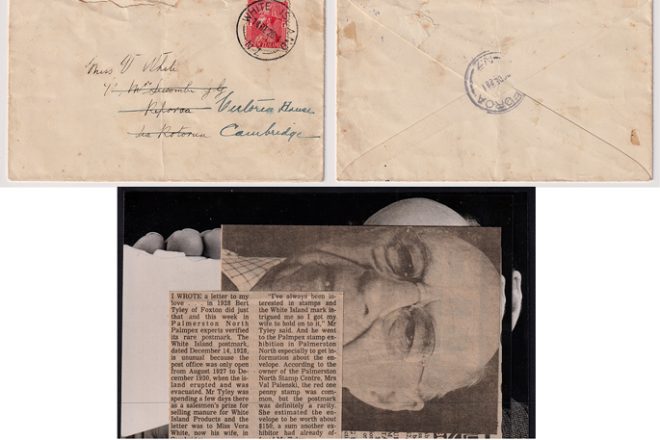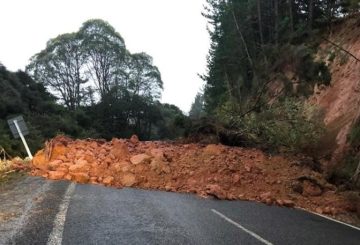Sebuah amplop yang dikirim dari Whakaari/White Island ke Cambridge pada 14 Desember 1928, sedang dilelang dan diperkirakan akan menghasilkan sekitar $650. Amplop itu unik karena cap posnya dari Pulau Putih, karena kantor pos di pulau itu hanya beroperasi dari tahun 1927 hingga 1930, membuat surat-surat dari sana cukup langka. Kantor pos terpaksa ditutup ketika penambangan belerang, yang didukungnya, menjadi tidak menguntungkan selama depresi tahun 1930-an.
Amplop ini adalah bagian dari lelang yang lebih besar yang mencakup beberapa lelang koin paling signifikan di Selandia Baru, yang akan berlangsung di Wellington minggu depan. Lelang, yang mencakup koin dan perangko senilai $1,7 juta, diperkirakan akan membawa total penjualan untuk tahun ini ke rekor $3 juta. David Galt, direktur pelaksana Mowbray Collectables yang baru-baru ini ditunjuk, mengatakan perangko langka yang ditawarkan hampir tidak pernah terlihat.
Di antara barang-barang yang dijual adalah stempel Twelve Shilling dan Sixpence 1925, digunakan untuk membayar pajak materai dan menampilkan Ratu Victoria, yang diperkirakan menghasilkan $75.000. Perangko Threepence 1949, memperingati kunjungan kakek Raja Charles, George VI, yang dibatalkan ke Selandia Baru, diperkirakan akan dijual seharga $65.000.
Perkiraan koin teratas sebesar $18.000 adalah untuk satu set enam koin Selandia Baru dari tahun 1935, termasuk koin Waitangi Crown yang langka. Uang kertas yang paling berharga adalah uang kertas Reserve Bank 50 Pound dari tahun 1934, juga menampilkan Tamati Waka Nene, diperkirakan mencapai $20.000.
Barang-barang lainnya termasuk uang receh yang terjebak di pers dan menunjukkan dua kepala, dan dua koin “bagal” yang menggabungkan desain kepala dari berbagai negara dengan desain Selandia Baru. Ada juga delapan medali dari Perang Selandia Baru tahun 1860 dan delapan salib peringatan yang dikeluarkan untuk keluarga tentara Selandia Baru yang tewas dalam Perang Dunia II dan seterusnya. Barang-barang ini berfungsi sebagai pengingat kuat dari pengorbanan yang dilakukan oleh mereka yang bertugas di luar negeri, terutama saat Hari ANZAC mendekat pada bulan April.





























































